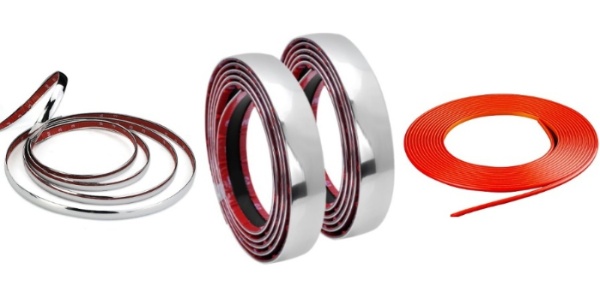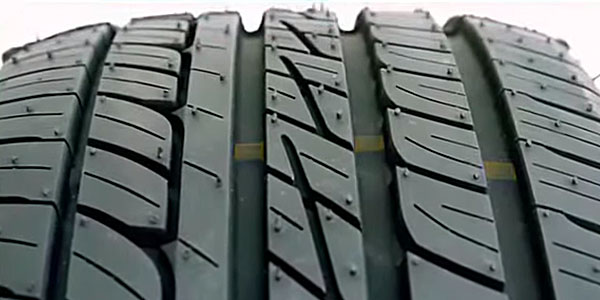Getting The 101 On The Process Of Rubber Moulding
Comparing The 2 Common Rubber Gaskets – Silicone and Neoprene
January 5, 2019
Classification Of Rubber Or Thermoset Elastomers
January 25, 2019What are the Techniques Used To Create Moulded Rubber Products ?
The process utilised to manufacture a rubber product is called rubber moulding. In the industry, there are three techniques that are commonly used to create moulded rubber products. They are, namely:
- Injection moulding – it was created as an extension of the plastics industry in the early 1960s.
- Transfer moulding
- compression moulding – the original method for moulding rubber, it was developed back in the 1850s.
Each one of these three procedures make use of heat and pressure to build a rubber product that is needed. The product made by rubber moulding is appropriated in a range of industries and application. A few of them are:
- Automotive industry
- Industrial applications
- Manufacturing plants
The three methods of rubber moulding each have their own benefits and drawbacks. The type of process used ultimately depends on the rubber product that has to be made. The suitability of the method depends on design, volume, material, and application. Let’s take a look at what each rubber moulding method is applied for:
- Compression moulding is employed to create:
- Bearing pads and blocks
- Large valve seals
- Coupling bushes
- Wear Strips
- Large hose/pipe adapters
- Special mats
- Transfer moulding is used to manufacture:
- High precision rollers
- Coloured instrument protective boots
- High impact natural rubber buffers
- Bonded rubber to metal assemblies
- Injection Moulding is utilized to build:
- Coloured instrument boots
- O-rings
- Drive coupling assemblies
- Automotive parts
The Pros & Cons Of The Three Rubber Moulding Methods
Advantages
| Compression | Transfer | Injection |
| · Short set up time
· Great for: § parts that require a long cure time § low quantities · Creates least amount of waste · Has the capacity to process stiff, high materials |
· Shorter production cycles for higher weight parts
· Tighter dimensional tolerance · Provides better uniformity · More accurate and consistent than compression moulding |
· Lower unit costs
· Faster cycle times · High dimensional tolerances · Low levels of flash · Little scrap/waste · Reduced need for secondary trimming work |
Disadvantages
| Compression | Transfer | Injection |
| · Parts can be less consistent
· Cure times can be extended as heat transfer is slow through the rubber · Coloured rubber can be easily contaminated |
· More expensive tooling than a Compression mould
· Slower production cycle than an injection tool · Manual handling of the piston can be a problem. |
· Higher set-up costs
· More expensive machinery & tooling · Small runs of parts can be costly |
Read More : Comparing The 2 Common Rubber Gaskets – Silicone and Neoprene


